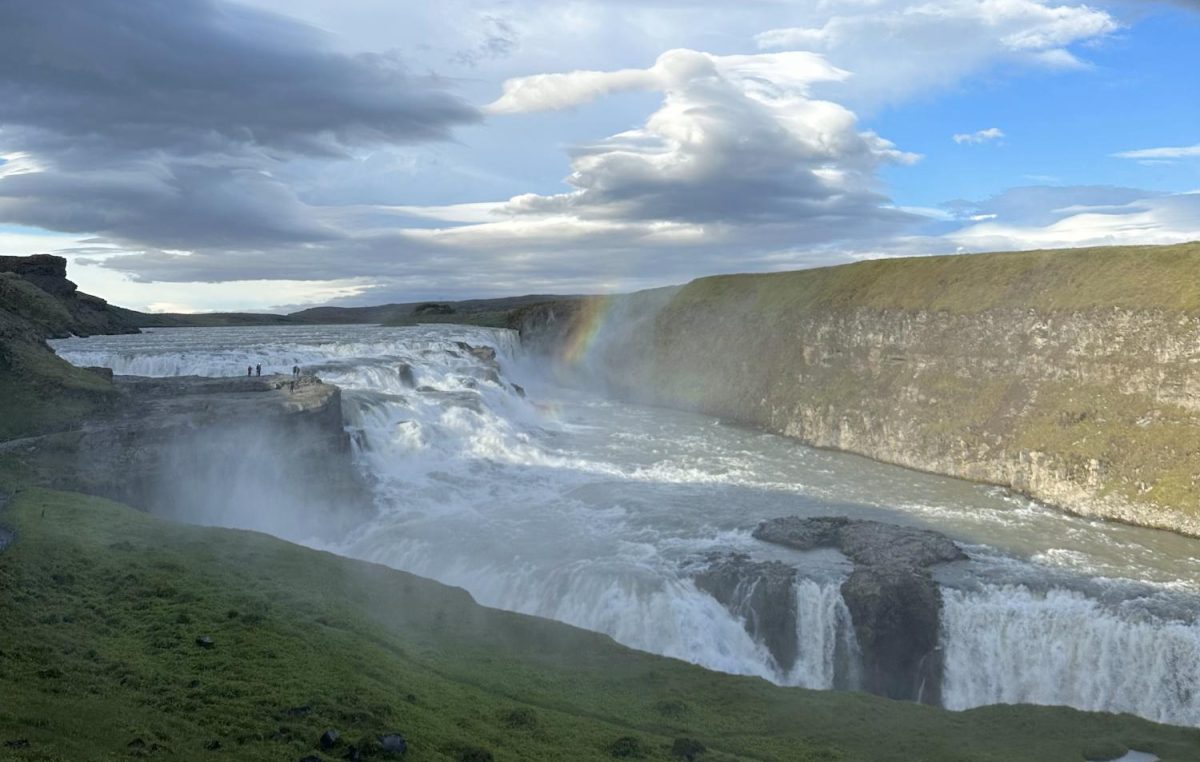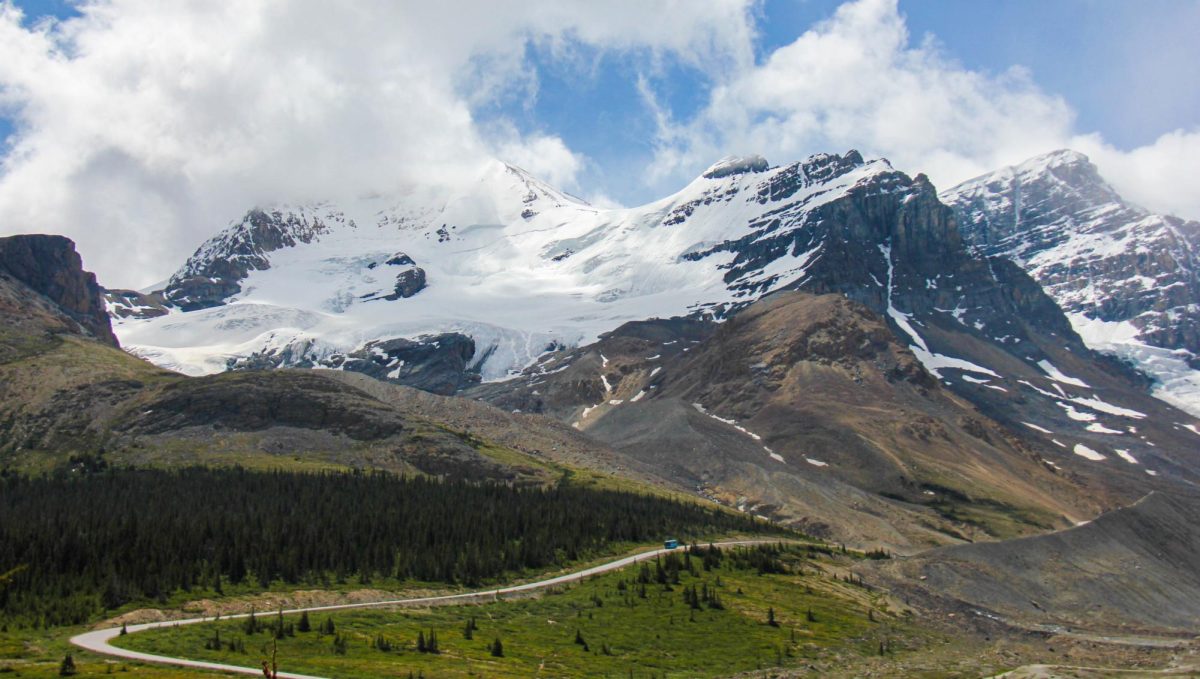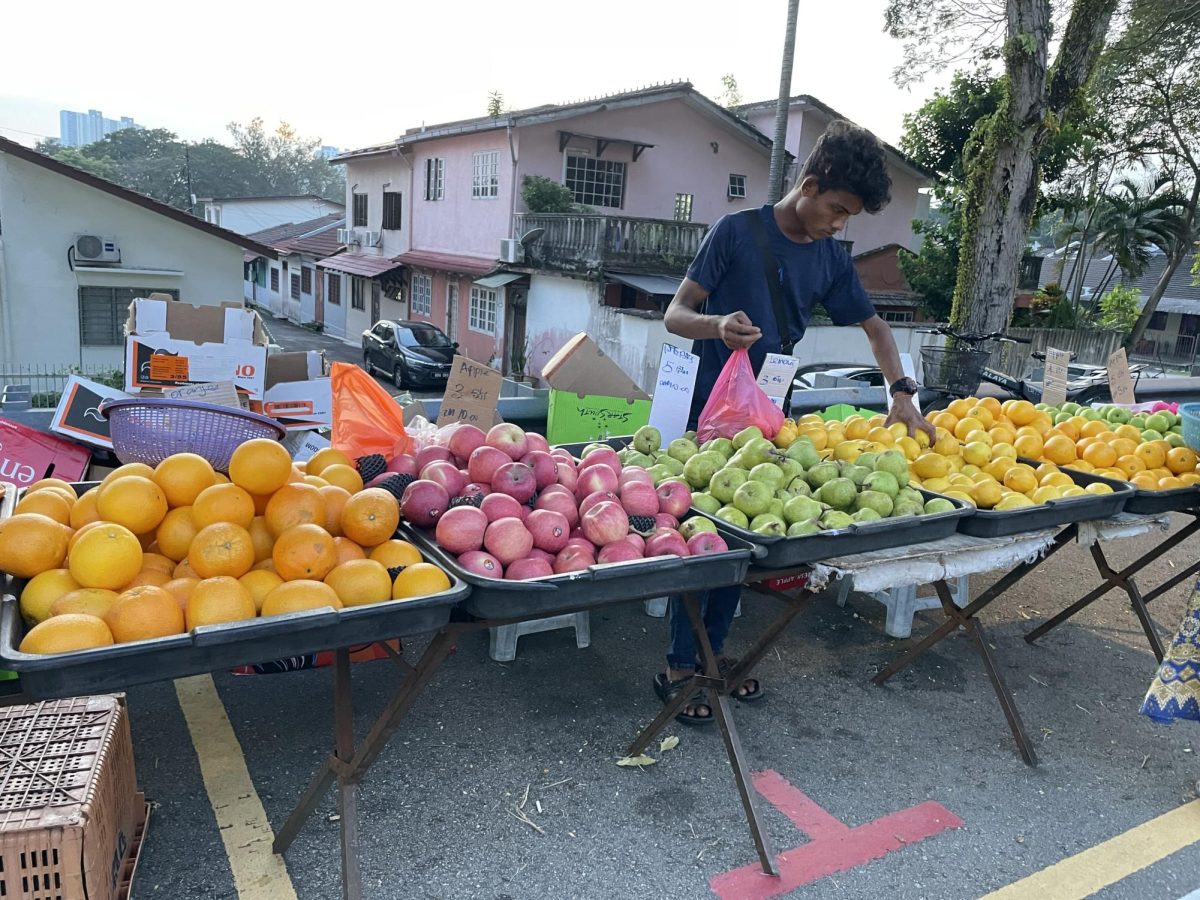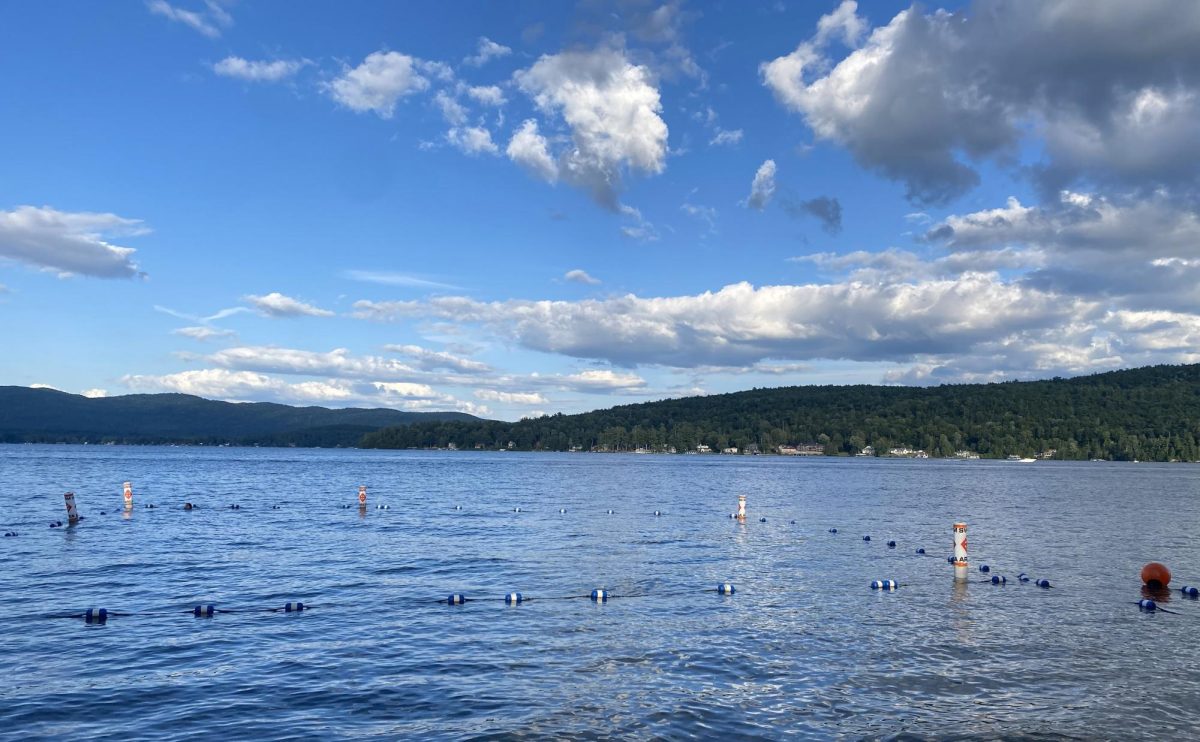Iceland, an island country in the Atlantic Ocean, shocked me with its stunning natural views during the two weeks I explored what it had to offer. As a person whose family loves to travel, this has been on our bucket list for ages, and it is safe to say that Iceland did not disappoint. My family, along with another family, went this summer.
During Iceland’s summer, it doesn’t get dark outside due to the country’s distance to the Arctic Circle, a phenomenon known as the midnight sun. The sun sets right above the horizon line allowing for beautifully colored sunsets and long golden hours but no darkness following that. Because of this, when we landed at Keflavik International Airport in the evening, it looked like a perfect afternoon.
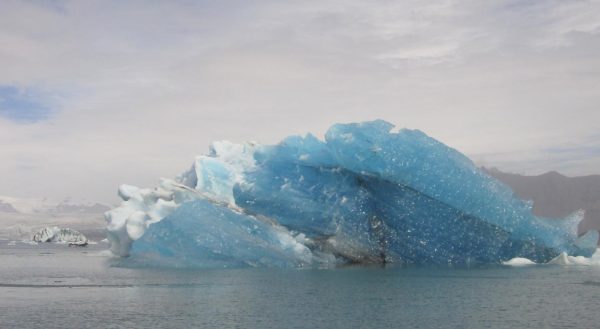
We landed around 10 p.m., meaning almost all shops were closed inside the airport terminal. This was an Iceland norm: most shops, including restaurants, tend to close by 7 p.m. During our stay, we learned that we had to be careful with timing when it came to planning dinners and souvenir shopping.
After spending the night in Reykjavik, we began our car journey around the country the next day. We followed a counterclockwise path around the edge of the country and made many stops for natural sights and smaller towns.
This meant that driving was a large part of our day, around 3-4 hours each. Personally, the car rides were some of my favorite memories. My friend and I spent our time playing cards and catching up. Additionally, the views on the road were always spectacular as sometimes we would be in the valleys and would see a completely different perspective of the mountain range.
Our group had planned to see the whole country in two weeks, but if the daily driving time is unappealing, it would be better to stick to a region of Iceland for your visit, such as southern Iceland. Either way, to see all the attractions properly, I highly recommend renting a car as public transportation is not developed as strongly outside of the city limits, making it difficult to properly visit all attractions.
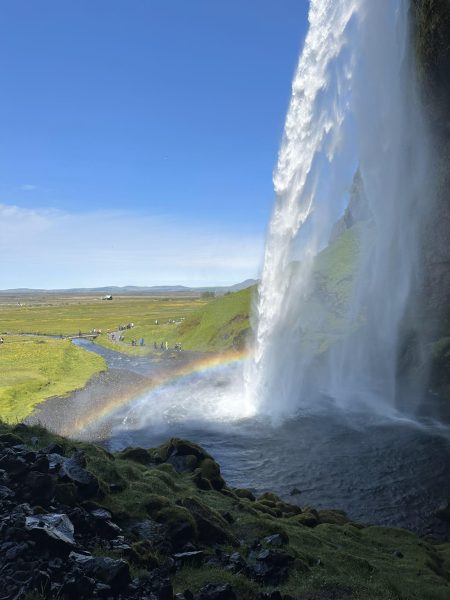
Just south of Reykjavik is the Fagradalsfjall volcano which is one of 32 active volcanoes in the country, according to Visit Iceland. This volcano did not erupt for centuries, but erupted in March 2021 and continued to emit lava for months. There is still tons of volcanic activity in this area, so it is advised to always check Safe Travel for updates on the status of the volcanoes. When we went, there was no active eruption, so we didn’t see any lava, but we were able to see the lava rocks and the remnants of the latest eruptions. Seeing a formation that just a few years ago was bubbling with lava was crazy to me and I would have loved to spend more time here. For anyone else visiting, I think setting aside the extra time for this attraction would be worth it.
After this, we chose to head up north a little bit toward the Golden Circle, a famous scenic route combining well-known landmarks, such as geysers and nationally protected parks. My favorite stops on this circle were the Þingvellir National Park and Gullfoss.
Þingvellir national park is a UNESCO World Heritage Site based on cultural significance. According to Visit Iceland, the location used to be the capital of the old Icelandic Commonwealth and served as the meeting place for Iceland’s first parliament, Alþingi. It is also known for its geological significance with the views of cracks in the tectonic plates.

There is a scuba diving area where you can dive to see the deep gaps in the tectonic plates, but to do this you must fulfill the diving qualifications on the National Park’s website. The water is a beautiful bluish-green color and with the 50-degree weather. Being able to see the tectonic plates and the way that they had been moved over centuries was a unique experience that I won’t forget.
Around a 45-minute drive from the national park, continuing on the Golden Circle path, is Gullfoss, a waterfall whose name translates directly to Golden Falls. From the viewpoints, the falls were enormous, the pictures had not done it justice. The amount of water flowing through the canyon was astonishing. With the multiple viewing points, we were able to get close enough to feel the mist from the falls, which led to us being drenched. Also, every once in a while, a small rainbow popped up over the falls.
Over the next few days, we continued south to southern Iceland to see more falls and the famous black sand beaches. One of the falls, Seljalandsfoss, ranks in my top five attractions because of the unique walking trails. This fall was extra special because it had a path that allowed people to walk behind the falls and look outward. You could look through the falling water and see the snowcapped mountain range in the background. The view was unlike anything else.
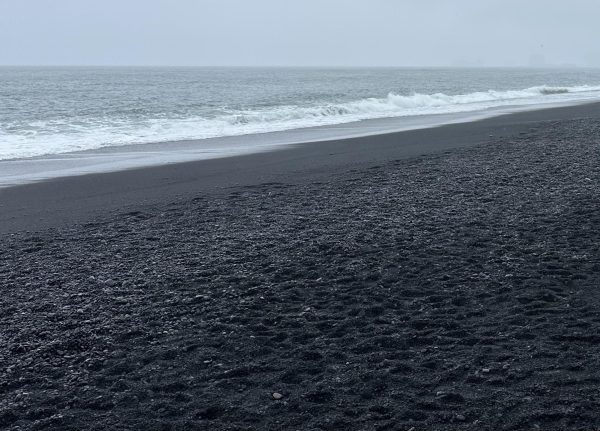
Reynisfjara, a beach on the southern coast, is known for its colored sand, according to Iceland Review, the majority of sand in Iceland is black due to the country still being volcanically active. This beach also had beautiful basalt sea stacks, a lava rock surrounded by rough waves. I loved this stop because of the unique look of the beach. I’m used to the beaches I see in Massachusetts with tan-colored sand and maybe some flat rocks, but this beach was an extreme contrast. During better weather, the waves may be suitable for swimming, yet on the day we went it was storming and a yellow light was flashing indicating that the waves were unsafe for swimming.
Extremely close by is Dyrhólaey, a cliff known for being a settling ground for puffins. When we arrived, the weather was very foggy and rainy. In Iceland, the weather can be very unpredictable and can change rapidly. Nonetheless, we braved the situation and got to see adorable puffins scattered all around the cliff. We saw some that were nesting and some in pairs. The puffins posed left and right for the groups of people who were photographing them.
Between the nature views, we explored the cozy towns of Vik and Hofn. Though, due to the smaller populations, food options can be limited, so grocery stores come in handy for meals.
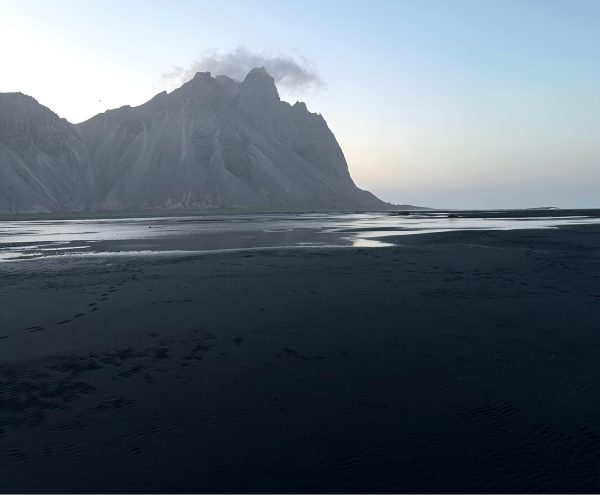
Vestrahorn, a gorgeous mountain range, was our next spot. Here we took family portraits and during sunset (midnight) the pictures were stunning. We followed with a glacier boat tour through Jökulsárlón Glacier Lagoon Boat Tours where we saw icebergs that had broken off and the Diamond Beach just across the road, which is known for having large pieces of ice washed up on its shore from the glacier. Since it was summer, there were fewer pieces of ice on the beach, but during winter the area is said to be filled with dinner table-sized chunks of ice.
While driving around Iceland, many of the roads run through mountains, so it allows for awesome views of mini falls and cliffs. Waterfalls became a common sight after a few days. Everywhere you turned, there was a fall in the mountains leading down to a river.
Another common attraction is geothermal baths, the most popular one, the Blue Lagoon, is close to Reykjavik, but is extremely popular and can be crowded, so we chose not to go. Instead, we went to Mývatn Nature Baths in the northern part of the country, which had the same light blue warm baths. If you ever visit Iceland, a geothermal bath is a must. The silica and minerals in the water are extremely beneficial for human skin and the water heated by the Earth’s interior is a special experience. Especially after being cooped up in the car for many long drives, the hot water and minerals were extremely relaxing.
Eventually, we reached the larger town of Akureyri in northern Iceland. My favorite part of this place was the heart-shaped stoplight instead of the normal red circle. No matter where you went, there would be a green circle, a yellow circle, and a red heart for the traffic lights. In the Official Travel Guide to Akureyri, these lights were changed as a result of the 2008 economic crash as a way to boost morale in the town. I’ve seen pictures on the internet of heart stoplights but always assumed that they were edited.
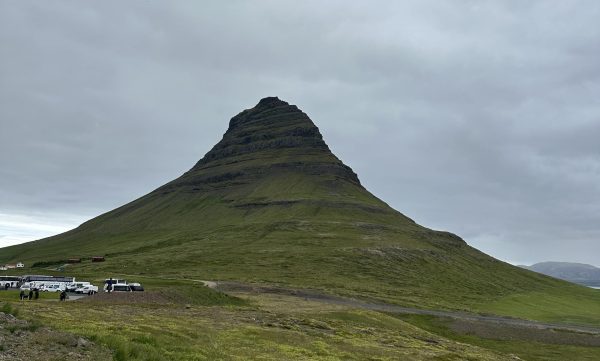
We stopped at a few more falls and canyons along the way and worked our way down to the Snæfellsnes peninsula to see Kirkjufell, a singular mountain that is known for its cultural significance. According to Iceland Highlights, the name translates to Church Mountain with the peak seen as a protective force over Grundarfjörður, the nearby town. The mountain had small falls and a walking trail around it. The trail has a nice area where you can get a view of the falls and the mountain at the same time and is worth your time.
Sooner than we expected, we hit our last day in Iceland, which we spent touring the capital, Reykjavik. We walked around the streets, did some typical tourist souvenir shopping, and calmly explored the city. Eventually, on our walk, we reached the church. Hallgrimskirkja. This was one of the most beautiful structures I’ve seen. When the columns were lit up at night it looked ethereal. My favorite fact I learned while walking around was that Iceland was the first country to elect a female president in 1980.
The country of fire and ice has a plentiful amount of natural sights for any tourist. If I were to do this again, I would go during the winter season as you would be able to see the northern lights. Overall, the landscape is stunning and the country is 100 percent worth a visit.
–July 31 2024–


